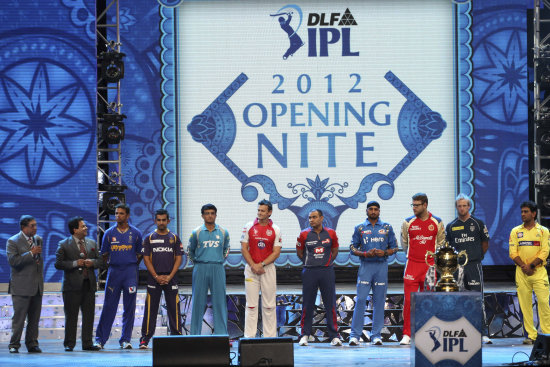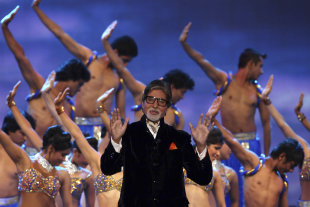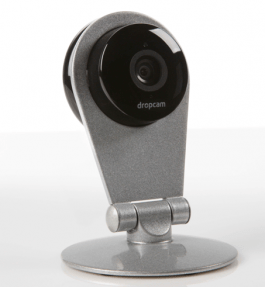Windows Phone 7 has been a fresh change from the millions of rows and columns of icons we have seen in smartphones in the recent past. Although the operating system is super fast and effective, it does lack in a few areas, when compared to Android and iOS. Here’s what we would love to see in the next Windows Phone 7 handset.
Guest Mode
Everybody has personal stuff on their phone. From stored passwords, to ‘logged-in’ social networks, to credit card details, to personal images and documents. There’s a constant fear of spilling out ‘classified information’ when somebody wants to view your new smartphone. What do you do then? Enter guest mode.
We’ll quickly explain this once, if you’ve not understood it already. Guest mode allows you to hide your personal data like e-mail, social networking updates, files and login info. You have two passwords on your smartphone. Password A enables guest mode, while password B enables your normal phone functionality. It’s an extremely simple to implement feature, but somehow hasn’t been included. No longer do you have to stay worried about showing your latest WP7 handset to your friends, as you’ll have guest mode! C’mon Microsoft, please do this for us and everybody else.
Media formats and Zune
The single most irritating feature in Windows right now is Zune and how it greatly limits media formats for your smartphone. Why do all videos have to be transcoded by Zune? It’s similar to iTunes for iOS devices, but we’d have loved a free approach by Microsoft. Anyway, all is still not over and removing Zune dependency would definitely be a ‘feature’ we’d all love to have. And while we’re at it, more media format support out of the box would definitely be a brilliant addition. After all, they’re all ‘smart’phones, aren’t they?
To think of it, everything in their user interface is slick and fast. From sending emails to updating your Facebook status, to clicking pictures, to accessing music - the whole experience is a breeze. Why doesn’t the same outlook have to be carried over to connectivity to the PC, data transfer and playback? Playing any video format is definitely on our priority list and transferring music files using mass storage is an easier task to accomplish as well. Even phone updates currently require you to connect your phone via Zune, whereas OTA it's quicker, faster and sexier!
More UI customization
Not particularly happy with the look of the user interface? Too bad, you can’t do a thing about it. Like iOS, WP7 is a closed system and while we aren’t particularly complaining out here, how you feel about the interface from the word go, will clearly decide your overall experience and satisfaction with the phone. WP7 is as rigid as iOS. The best you can do at the moment is change tiles, add or remove them or simply change the background and tile colour.

We’ll reiterate this again, we aren’t complaining about the user interface. There’s absolutely nothing wrong with the UI, but sometimes you might want that slight amount of customization that might alter the look and feel of your phone. A desktop wallpaper, an alternate launcher, or simply minor tweaks in the layout mean that you’ll never get tired of the tile interface and you’ll have one more option to choose from.
Guest Mode
Everybody has personal stuff on their phone. From stored passwords, to ‘logged-in’ social networks, to credit card details, to personal images and documents. There’s a constant fear of spilling out ‘classified information’ when somebody wants to view your new smartphone. What do you do then? Enter guest mode.
With Guest mode, there'll be no more of THIS!
We’ll quickly explain this once, if you’ve not understood it already. Guest mode allows you to hide your personal data like e-mail, social networking updates, files and login info. You have two passwords on your smartphone. Password A enables guest mode, while password B enables your normal phone functionality. It’s an extremely simple to implement feature, but somehow hasn’t been included. No longer do you have to stay worried about showing your latest WP7 handset to your friends, as you’ll have guest mode! C’mon Microsoft, please do this for us and everybody else.
Media formats and Zune
The single most irritating feature in Windows right now is Zune and how it greatly limits media formats for your smartphone. Why do all videos have to be transcoded by Zune? It’s similar to iTunes for iOS devices, but we’d have loved a free approach by Microsoft. Anyway, all is still not over and removing Zune dependency would definitely be a ‘feature’ we’d all love to have. And while we’re at it, more media format support out of the box would definitely be a brilliant addition. After all, they’re all ‘smart’phones, aren’t they?
No more Zune!
To think of it, everything in their user interface is slick and fast. From sending emails to updating your Facebook status, to clicking pictures, to accessing music - the whole experience is a breeze. Why doesn’t the same outlook have to be carried over to connectivity to the PC, data transfer and playback? Playing any video format is definitely on our priority list and transferring music files using mass storage is an easier task to accomplish as well. Even phone updates currently require you to connect your phone via Zune, whereas OTA it's quicker, faster and sexier!
More UI customization
Not particularly happy with the look of the user interface? Too bad, you can’t do a thing about it. Like iOS, WP7 is a closed system and while we aren’t particularly complaining out here, how you feel about the interface from the word go, will clearly decide your overall experience and satisfaction with the phone. WP7 is as rigid as iOS. The best you can do at the moment is change tiles, add or remove them or simply change the background and tile colour.

Gimme more!
We’ll reiterate this again, we aren’t complaining about the user interface. There’s absolutely nothing wrong with the UI, but sometimes you might want that slight amount of customization that might alter the look and feel of your phone. A desktop wallpaper, an alternate launcher, or simply minor tweaks in the layout mean that you’ll never get tired of the tile interface and you’ll have one more option to choose from.


































